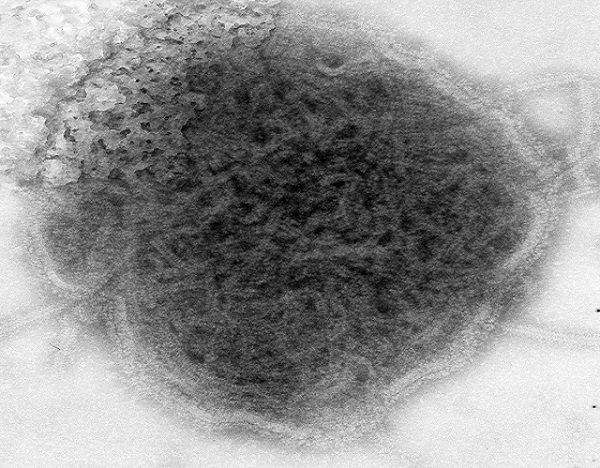Mumps Is Making An Appearance Across Indiana, Mostly On College Campuses

For college students in Indiana, it seems there’s a mumps in the road.
Last Friday, April 8, the Indiana State Department of Health announced the state was facing several outbreaks of the viral disease, mostly centered around four college campuses. As of Friday, health officials had detected 50 cases in college students, with Butler University and Indiana University leading the pack at 24 and 18 cases, respectively. Fifteen unrelated cases of mumps have been seen elsewhere in Central Indiana as well, bringing the total disease toll to 65.
“College campuses can be breeding grounds for illness because students are in frequent close contact in dorms and at social events,” said Dr. Jerome Adams, the state’s Health Commissioner in a statement. “With events like Indiana University’s Little 500 and Purdue’s Grand Prix coming up, it’s important for people to remember that the best protections against mumps are to get vaccinated, follow good hygiene practices and to stay home and seek medical advice if you experience symptoms.”
Mumps, more formally known as epidemic parotitis, is a highly contagious viral infection spread through the air. The disease causes the parotid, or salivary, glands to become inflamed. This inflammation leaves sufferers with telltale puffy cheeks or a swollen jaw. Other symptoms include low-grade fever, fatigue, and muscle aches, all of which occur anywhere from two weeks to a month after infection. More severe but rare complications include meningitis, encephalitis, and inflammation of the testicles or ovaries — the latter of which can also lead to decreased fertility. On the flip side, a substantial chunk of mumps sufferers will experience little to no symptoms. According to the Centers for Disease Control and Prevention (CDC), mumps is most contagious immediately before and up to five days after the symptoms have started.
Thanks to vaccination, specifically the combination Measles, Mumps, Rubella (MMR) vaccine, cases of mumps have plummeted, though not entirely vanished, in the United States. In 2010, there were 2,612 cases nationwide, while 2014 and 2015 saw over a thousand cases respectively. It’s easy to believe that anti-vaxxers who refuse vaccines are solely to blame for the continued prevalence of the mumps, but even in the best of cases, the MMR vaccine isn’t foolproof. According to the CDC, two doses of the MMR shot (the recommended amount) are 88 percent effective in protecting against mumps. And indeed, most of the Indiana mump cases have occurred in the fully vaccinated.
Still, since outbreaks are less likely to spread far with greater vaccine coverage, college and health officials are recommending that students who suspect they haven’t received all their shots review their immunization records. Those who suspect they have mumps should also contact their nearest health care provider as well.
Smaller college-centric outbreaks of mumps this year have also been spotted at the University of Buffalo in New York and at several colleges in Massachusetts, including Harvard University.



























